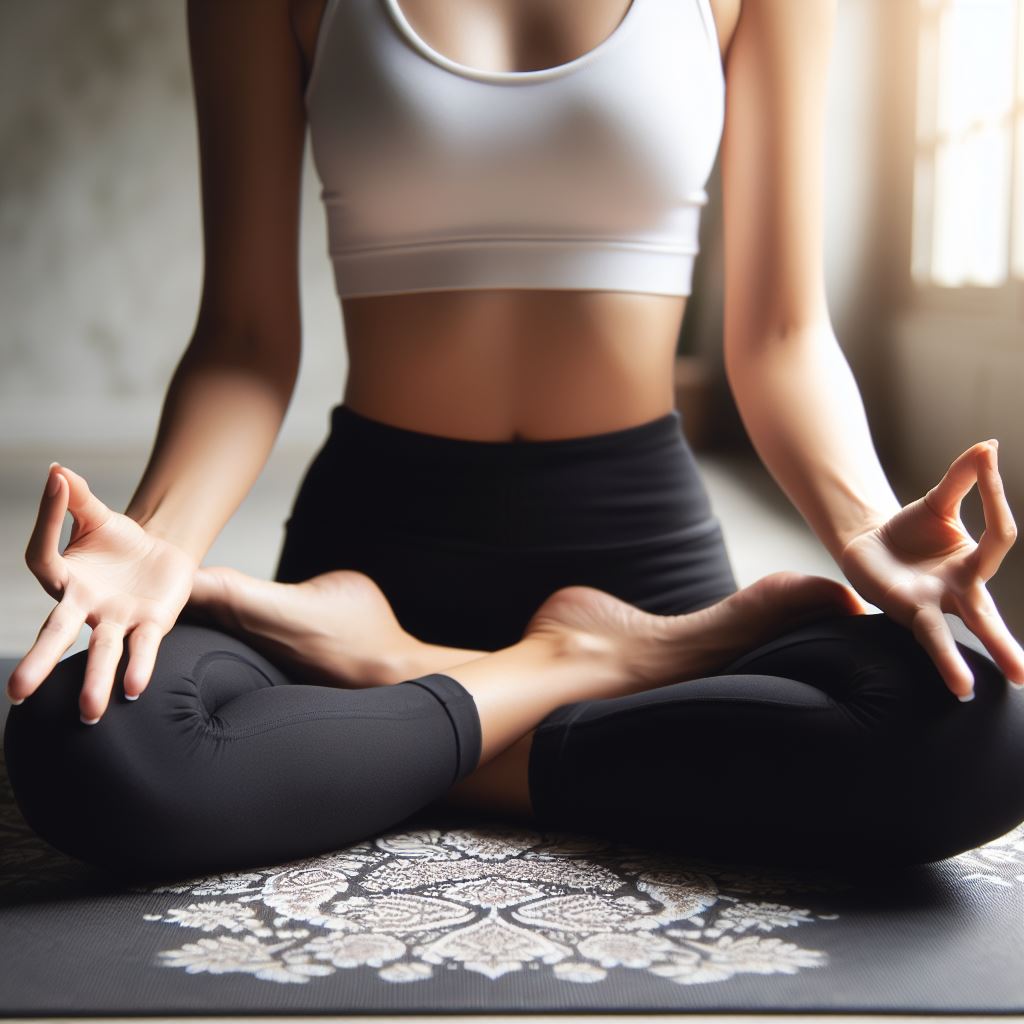Role of Mudra and Its Physiological Functions in the Body
16 Dec 2023
Mudras, ancient hand gestures and positions utilized in yoga and Ayurveda, are believed to channel energy and influence the body’s physiological functions. These gestures, when practiced with intention and mindfulness, are thought to stimulate specific energy pathways and elicit various physiological responses.
Key Aspects of Mudras and Their Physiological Functions:
- Energetic Flow Regulation: Mudras are believed to influence the flow of prana (life force energy) within the body. Different hand positions create circuits that redirect and balance the flow of energy, impacting overall vitality and well-being.
- Nerve Stimulation: Specific hand postures in mudras involve the activation of nerve endings and pressure points. This stimulation is thought to affect corresponding areas of the body, aiding in improving circulation and nerve conduction.
- Endocrine System Balance: Certain mudras are associated with influencing the endocrine glands. For instance, the Gyan Mudra (thumb and index finger touching) is believed to impact the pituitary gland, which regulates several hormonal functions.
- Mind-Body Connection: Mudras are thought to engage specific areas of the brain through hand movements, influencing neural networks and potentially affecting emotional states, cognitive functions, and mental clarity.
- Stress Reduction and Relaxation: Practicing mudras is often linked to relaxation responses in the body, potentially lowering heart rate, reducing stress hormones, and inducing a sense of calmness and relaxation.
- Enhanced Concentration and Meditation: Certain mudras, when employed during meditation, are believed to aid in focusing the mind, improving concentration, and facilitating deeper states of meditation by directing energy flow.
- Therapeutic Applications: Some mudras are associated with therapeutic benefits. For instance, the Vayu Mudra (thumb pressing the base of the index finger) is believed to alleviate excess air-related ailments like bloating and gas.
- Digestive and Metabolic Effects: Specific mudras are believed to influence digestive functions and metabolic processes, potentially aiding in better digestion and nutrient absorption.
Implications and Significance:
- Holistic Health: Mudras, when integrated into daily practices, are thought to contribute to holistic health, promoting physical, mental, and emotional well-being.
- Complementary Healing: They are often used as complementary practices alongside conventional medicine to support overall health and well-being.
- Individual Variation: Effects of mudras can vary among individuals, and their impact may be influenced by factors such as consistency in practice, intention, and individual body constitution.

